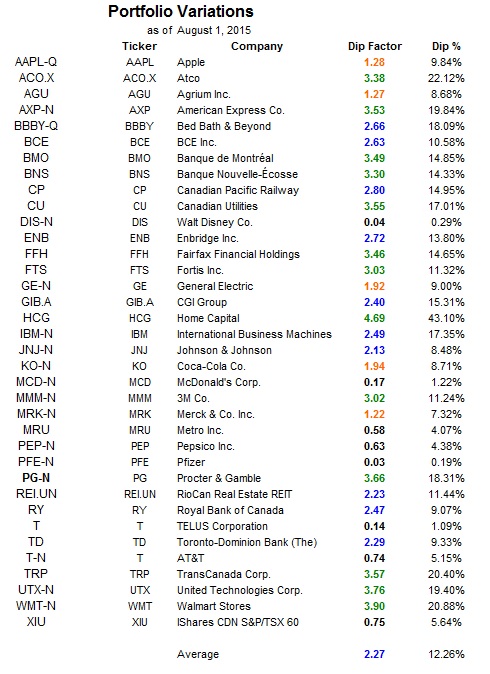Even though portfolio updates are pretty popular these days, my private nature kind of prevented me from posting updates of my own. I usually don’t like to blindly follow the crowd just because everyone is telling you it’s the cool thing to do.
So for a while, I was very hesitant to go ahead with this.
But under all that pear pressure, I still took time to carefully think about it and reconsider my position. I finally decided that publishing these numbers could do no harm. So here it is!
From now on, you can expect similar articles every 12 weeks or so. I’ll also publish Our DIY Portfolio Positions on a regular basis.
Before we begin, I’ll remind you that I am not an investment or tax professional of any kind. The intent of this blog is not to give specific investing advice. Before investing yourself, we suggest you to do all necessary research and consult a licensed financial professional if need be.
A Little Bit Goes A Long Way
A Little Bit Goes A Long Way
Our first Investing Goals is to invest at least 12% of our family’s salary every year. An important portion of that money goes in our DIY Portfolio.
Today, it really feels great to see that small but steady efforts got us to this point. Over the last seven years, on top of other holdings not directly managed by myself because they are much more tax efficient, we managed to invested an average of about 10K$ of new money every year. Good returns provided additional value and we are also proud that our portfolio grew to a little more than 140K$.
This year is no different as we maintain our constant resolution and already have invested more than 7K$ as of August 1st.
Interesting fact to note thus far: about half of our portfolio value was provided by our savings and the other half came from portfolio return.
Focus on Long Term Performance
Because I believe short term fluctuations don’t matter that much, most of the time, I like to adopt a long term point of view when I look at My Portfolio performance. That being said, you still have to remain vigilant and monitor your portfolio accordingly.
My second Investing Goals is to maintain a long term portfolio return of 12%. In theory, from my original assumptions, it could be possible to obtain an 8% capital return coupled with a 4% dividend return while keeping others (mainly fees) as close to zero as possible.
As one of my friends said to me recently, he would really like to live in theory because in theory, all is well.
In practice, inside our portfolio, dividends are slightly below 4%, capital returns around 10% and others stay above zero for a total portfolio return of more than 15%.
In reality, our dividend performance under 4% can in part be explained by the fact that we now own some positions that don’t actually pay dividends like Fairfax (FFH) and CGI (GIB.A). With these, we deviated from our exclusive preference for dividend paying stocks as we felt they could provide more than adequate returns while improving diversification.
With the US dollar now stronger, our US
Capital return is much better than originally anticipated but has recently declined. After a prolonged period going up, for most of the year, North American markets have been stagnating. I won’t get into the why because for me, it does not really matter. Simply put, several months of zero return have a pretty bad influence on a high average: this would plainly explain why capital return is down.
What To Do about Capital Return Going Down?
Capital return is down. What will we do about it?
My answer will be pretty simple but I realize that in fact, it can sometime be a very hard thing to do: prepare to invest and buy more!
Markets going down must be viewed as good news. It only means that opportunities are coming; great opportunities to acquire stocks at attractive prices. In the long run, it can only be very good for your portfolio.
You still have to resist the urge to sell some positions just because they performed badly in the short term.
For us, all is well as new money is regularly coming in. On top of our usual dividends, an additional investment of more than 4K$ is planned in the upcoming months.
The question that remains is what will we buy?
To answer this one, new candidates on our Watch List are rare as our portfolio is pretty mature. We feel that monitoring more than 36 different stocks can become a hassle. So we will probably add to some of our existing positions.
To help us achieve this, we will use our Dip Factor tool. As usual, candidates with a Dip Factor over 3 will be strongly considered but we will be extra careful with those above 4.
Photo Credit





No comments:
Post a Comment